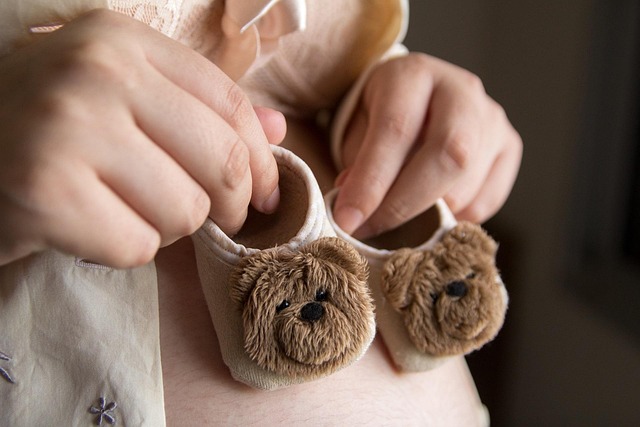Ladies, turning 40 often comes with new health recommendations, and one of the most significant is scheduling your first mammogram. After my annual check-up, I received that all-important referral, and it was a unique way to mark my birthday—nothing like a medical procedure to celebrate, right?
If you find yourself in a similar situation and are feeling anxious about your first mammogram, let me assure you: it’s not as intimidating as it seems. It takes just a few minutes—far quicker than a dentist appointment and certainly less uncomfortable than a pap smear. In fact, I’d rather get a mammogram than wait in line at the DMV!
Before my appointment, I was instructed to skip antiperspirant and deodorant, which made for a rather sweaty morning as I did an interview for a radio show about one of my articles. Picture me, nervous and clammy, heading to the breast center after fielding questions on air—definitely not the ideal prep for a medical test.
Once I donned the hospital gown, a nurse escorted me into the radiology room. The mammography machine looked massive compared to the small smartphones we carry around today. It was quite imposing, yet the area that matters—the part that interacts with your breast—is about the size of a George Foreman Grill. Yes, that’s right! Think back to that “Lean, Mean Fat-Reducing Grilling Machine” from the ’90s, where you’d squish down food to cook and drain out the fat. The mammogram process is similar, except no cooking is involved.
As the nurse positioned my breast for the X-ray, I had to admit that this part could be a bit awkward (men, you might want to look away now). The flat piece of the machine lowered, applying pressure and capturing images. Yes, there’s compression, but pain is not part of the deal.
It’s common for first-time patients to receive a letter requesting a follow-up due to “dense breasts,” which means that youthful tissue can sometimes obscure potential issues. In my case, I received a follow-up request, which led to additional X-rays and a painless ultrasound. Thankfully, everything turned out to be normal breast tissue. I’m healthy!
There has been some debate recently about the necessity of mammograms for women in their forties. An independent panel, the United States Preventive Services Task Force, suggested that for many women in this age group, mammograms may not significantly reduce breast cancer mortality rates. However, organizations like the American Cancer Society still recommend them for women starting at age 40. My midwife, who provides care even beyond pregnancy, endorses this guideline, and my hospital, the Cleveland Clinic, follows suit.
Despite not having risk factors like a family history of breast cancer or the BRCA gene mutation, I value preventive care. I regularly get dental X-rays, annual physicals, and cholesterol checks to stay informed about my health. So, I’m all in for a little squishing if it means safeguarding my well-being.
As some consider 40 to be “young” for a mammogram, I believe in taking proactive steps for my health, including scheduling my mammograms. A little discomfort is worth it when it comes to ensuring our health.
For those interested in exploring topics related to home insemination, such as the options available in at-home kits, you can check out our post about artificial insemination kits here. Additionally, if you want to learn more about methods that can enhance fertility, consider reading about fertility boosters for men. For comprehensive information on pregnancy and related procedures, visit this resource on IVF.
In summary, while the prospect of a mammogram may initially seem daunting, understanding the process can ease your apprehensions. It’s a quick procedure that plays a vital role in maintaining your health as you age. So embrace this step towards proactive healthcare.
Keyphrase: Understanding Your First Mammogram
Tags: [“home insemination kit” “home insemination syringe” “self insemination”]
